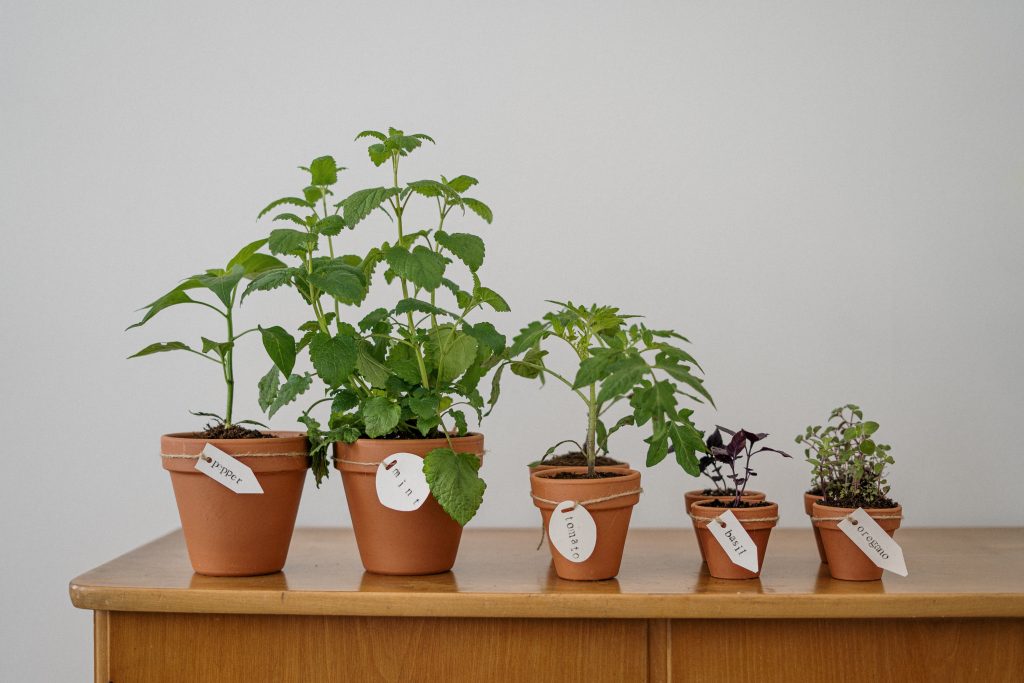Table of Contents
Herb gardening is a pleasant activity for a variety of reasons. They not only enhance the flavor of any food, but they also have health-improving nutritional advantages. But beginning a herb garden can seem overwhelming if you’ve never gardened before.
Choosing the ideal site for their plants to develop is one of the main issues herb farmers face. Finding the perfect location in your garden that satisfies a herb’s sun, water, and nutrient needs can be challenging.
To help you confidently start your herb garden, we’ll go over all you need to know about growing herbs and the different kinds. Then, we’ll walk you through every step, from picking the ideal spot to caring for your plants and gathering your herbs.
So whether you’re an experienced gardener or a novice, keep reading to learn how to grow your own fruitful herb garden.
When to Plant Herbs in The UK
Wondering what is the right time to plant herbs in the UK? The answer to this depends on multiple factors, such as the type of plant, where you are planting it, and the conditions for growth conducive to a particular plant. For instance, if you have an indoor herb garden set-up, you can grow it all through the year, provided you have a set up for light and warmth.
However, for an outdoor herb garden, you need to consider what time of herb you plan on cultivating. Is the herb perennial, biennial, or annual? Herbs like coriander, basil, dill, and parsley usually grow best during March and August.
Perennial herbs like rosemary, sage, and thyme give the best produce during the warmth of spring under specific growth conditions.
Choosing The Right Location
For your herb garden to flourish robustly and effectively, picking the ideal location is crucial. There are a few important elements to consider when planting herbs in the UK. First, choose the ideal location, whether you’re growing your herbs in a backyard garden or in containers on your balcony.
Factors to consider when selecting the right location for your herb garden:
1. Sunlight

The majority of herbs require a lot of sunlight to grow, so it’s crucial to pick a location that receives at least six hours of direct sunlight each day. If you are in a region with little sunlight, think about growing your herbs in portable containers that can be moved throughout the day.
2. Soil Quality
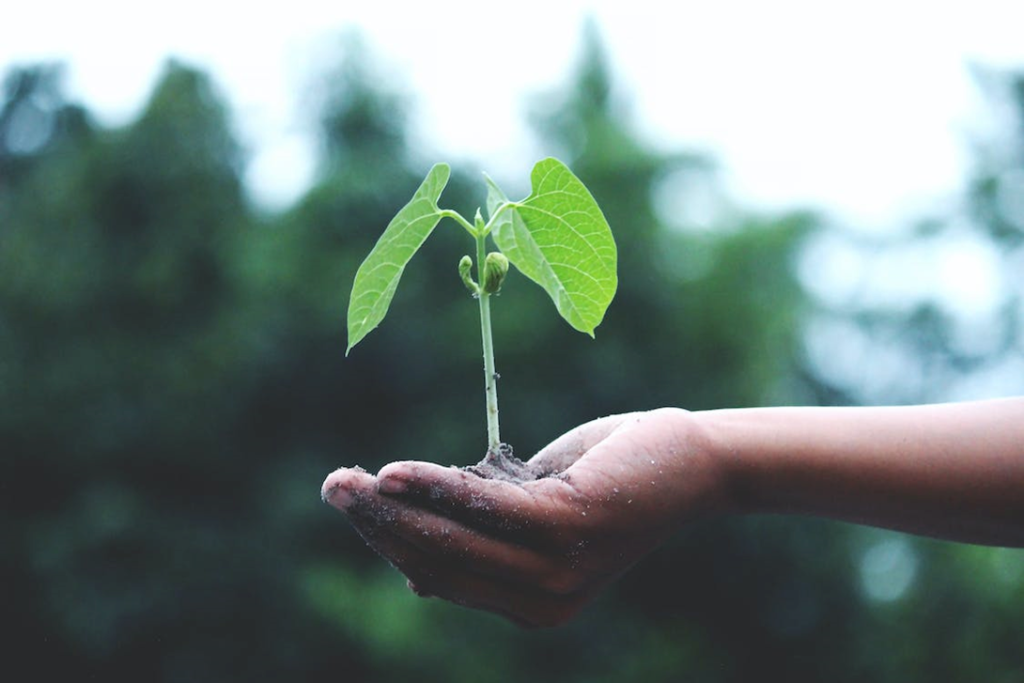
Herbs prefer organically rich, well-draining soil. Test the soil to make sure it has the proper pH level for your plants before you plant your herbs. To enhance the quality of the soil, you can also add compost or other organic matter.
3. Water
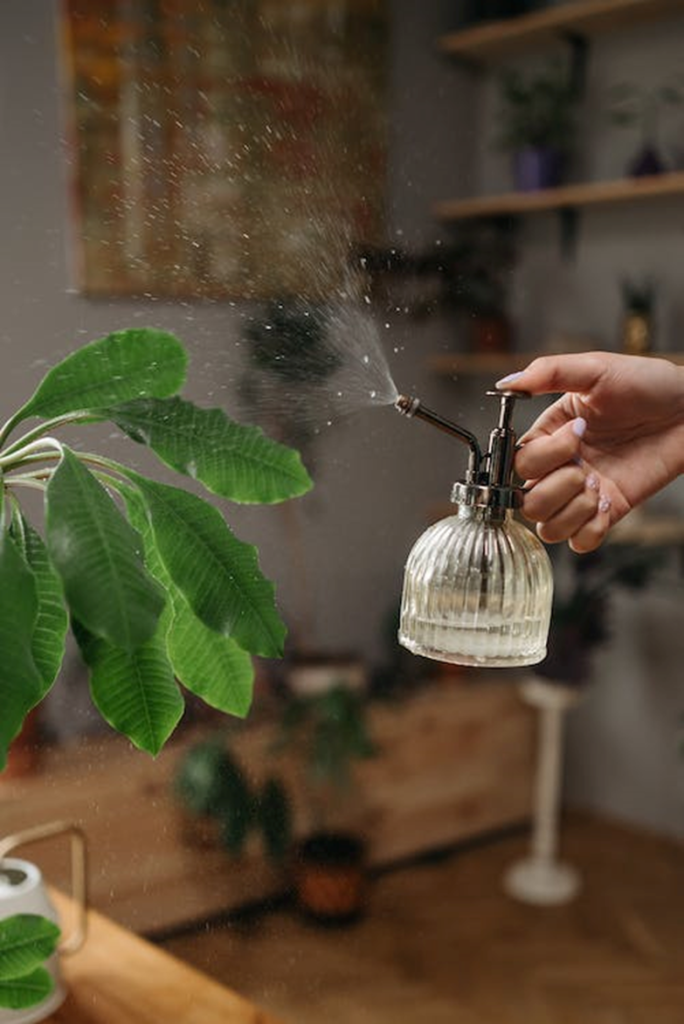
Herbs need to be watered frequently, so pick a spot that is close to a water source. Also, make sure the containers have enough drainage if you’re putting your herbs in them to avoid waterlogging.
4. Climate

When deciding on the location of your herb garden, it’s essential to consider your area’s climate, especially if you’re wondering when to plant herbs in the UK. Some plants grow in colder climates, while others flourish in warmer ones. If you reside in an area with harsh winters, consider growing your herbs in containers that can be taken indoors during the cooler months.
How Can You Prepare Your Soil for a Herb Garden?
The quality of your soil can affect the growth and productivity of your herbs. Here are some tips for preparing your soil before planting your herbs:
- Test Your Soil – Check the soil’s pH and nutrient level before you plant. You can then decide whether fertilizers are necessary to improve soil quality.
- Add Compost – Compost is an excellent way to enrich your soil’s quality and give your herbs the necessary nutrients to grow. Additionally, compost can help with drainage and soil structure.
- Use Organic Matter – Organic matter such as grass clippings, leaves, or straws can be used to improve soil quality. It’ll help retain moisture in the soil. Mix organic matter into the soil before planting your herbs.
- Avoid Compacting the Soil – Avoid stepping on or compacting the soil in your herb garden. It can restrict root growth and affect the productivity of your herbs.
Starting Seeds Indoors
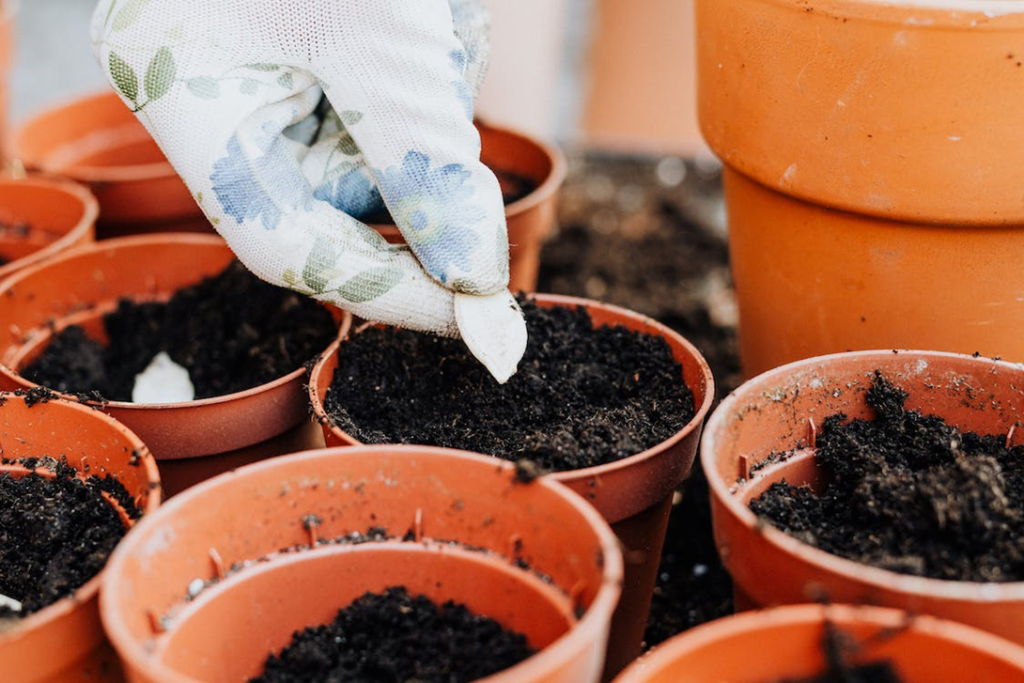
For successful growth and germination, plant herb seeds indoors. Select the appropriate containers and soil. Choose containers with adequate drainage holes and enough depth for healthy root development. Because they may be inserted straight into the ground, peat pots or biodegradable containers are also excellent options. Choosing a premium, sterile seed-starting mixture that supports strong seedling growth is crucial.
- Containers – Select containers that are at least 2-3 inches deep with good drainage holes. Peat pots or biodegradable containers are also a great option as they can be planted directly in the soil.
- Use a High-Quality Seed – Use a sterile, seed-starting mix that is formulated to promote healthy seedling growth. Avoid using garden soil, which can contain pathogens and weeds.
- Follow Seed Packet Instructions – Different herbs have different germination requirements, so it’s important to read the instructions on the seed packet for optimal growing conditions.
- Provide Adequate Light and Warmth – Herbs need plenty of light to grow, so place the containers in a sunny spot or use grow lights. Keep the temperature between 60-70°F for optimal growth.
- Keep the Soil Moist – Keep the soil moist, but not wet, when watering the seeds. Use a spray bottle or watering can with a fine nozzle to prevent harming the seeds.
- label Containers – Label each container with the type of herb and the planting date to keep track of their progress.
Transplanting Seedlings
It takes care to move seedlings into the garden, but with the right technique, you can ensure your plants’ healthy development.
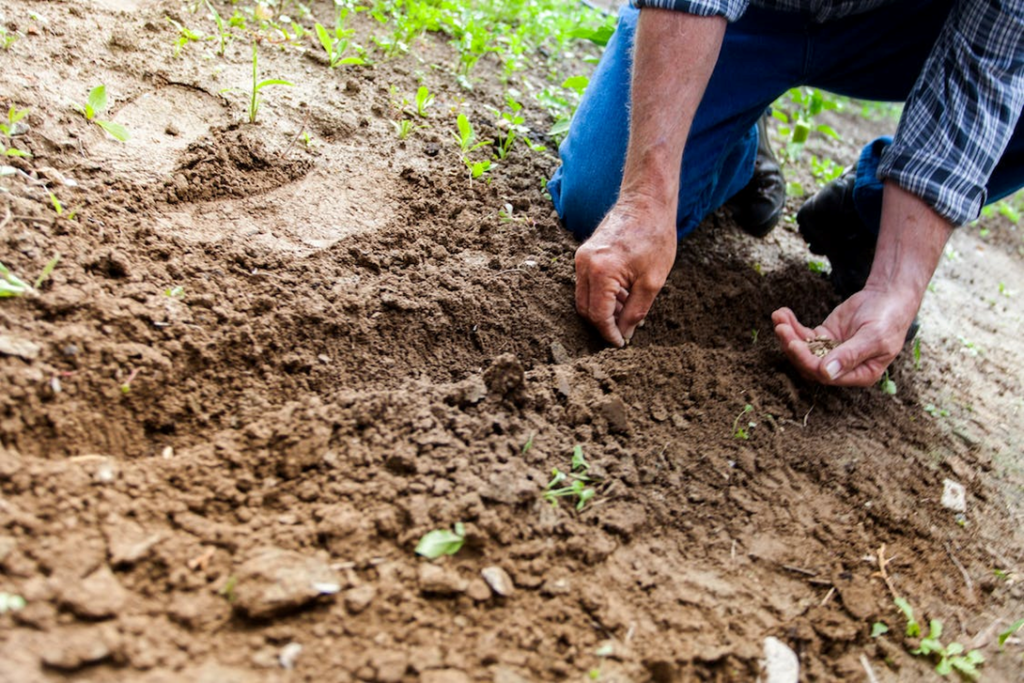
Follow these steps to transplant your seedlings:
- Timing is key – Transplant seedlings on a cloudy day or in the evening to minimize exposure to direct sunlight, which can cause stress and damage to the plants.
- Dig a suitable hole – Dig a hole slightly larger than the seedling’s root ball, breaking up any clumps of soil.
- Carefully remove the seedling – Gently remove the seedling from its container by turning it upside down and tapping the bottom until the plant slides out. Be careful not to damage the stem or roots.
- Place the plant in the hole – Hold it by its leaves and position the root ball in the hole, ensuring its level with the soil surface.
- Fill the hole with soil – Fill the hole with soil, pressing down gently around the base of the plant to remove any air pockets.
- Water thoroughly – Water the plant immediately after transplanting to help it settle in and avoid drying out.
How to Keep Your Herbs Healthy and Happy?
Consistent moisture is key to the healthy growth of herbs, but overwatering can lead to root rot and other issues. The general rule of thumb is to water deeply once a week or more often if the top inch of soil feels dry to the touch. Make sure to water the soil around the base of the plant rather than the leaves to avoid fungal diseases.
In addition to watering, fertilization is important for the growth and productivity of your herbs. A balanced fertilizer can give your plants the necessary nutrients to thrive. Fertilize your herbs every four to six weeks during the growing season, but be careful not to over-fertilize, as this can also cause problems.
If you’re planning to plant herbs in the UK, it’s important to note that different herbs have different water and fertilization needs. For example, herbs like basil and parsley prefer consistently moist soil, while herbs like thyme and rosemary prefer drier conditions. Research the specific herbs you are growing to determine their needs and adjust your watering and fertilization accordingly.
When is the Best Time to Harvest Herbs?
Harvesting herbs for use in the kitchen is one of the joys of herb planting. Throughout the growing season, the majority of herbs can be gathered as needed. To gather herbs, cut off the leaves or stems using a fresh pair of scissors or pruning shears. Harvesting more than one-third of the plant at once should be avoided because this can stress the plant and stunt its growth in the future.
Common Types of Herbs
1. Mint
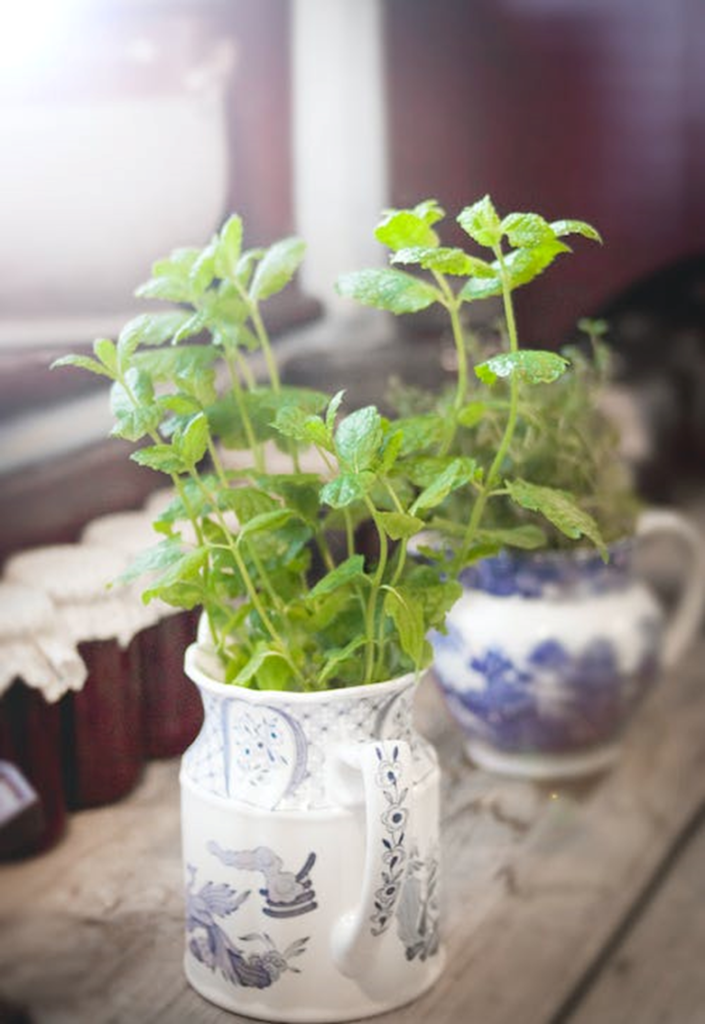
Mint is a refreshing herb with a sweet, cool taste. It can be used for savoury foods as well as teas and desserts, which are typical uses for it. Give mint lots of space because it is a prolific plant that is simple to grow from seed or cuttings.
2. Parsley
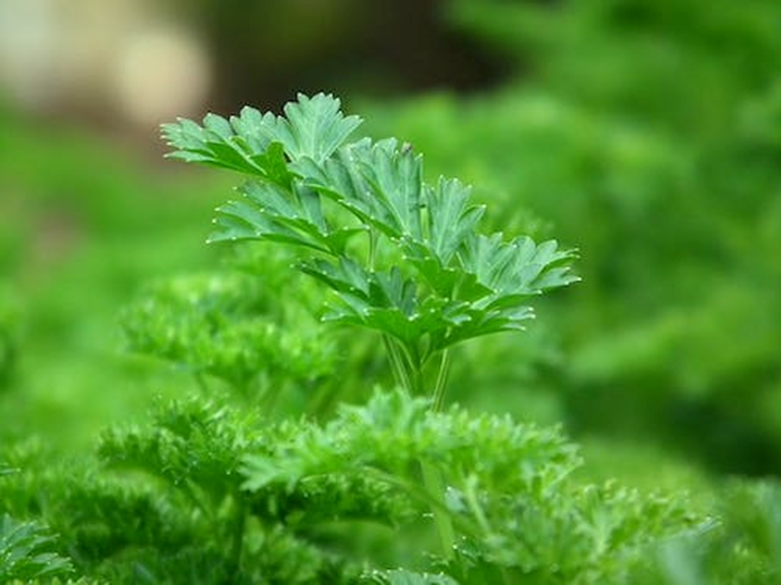
It is frequently used as a garnish but can also be added to salads, stews, and soups. In addition, the entire growing season can be used for harvesting parsley, which is simple to produce from seed.
Sage
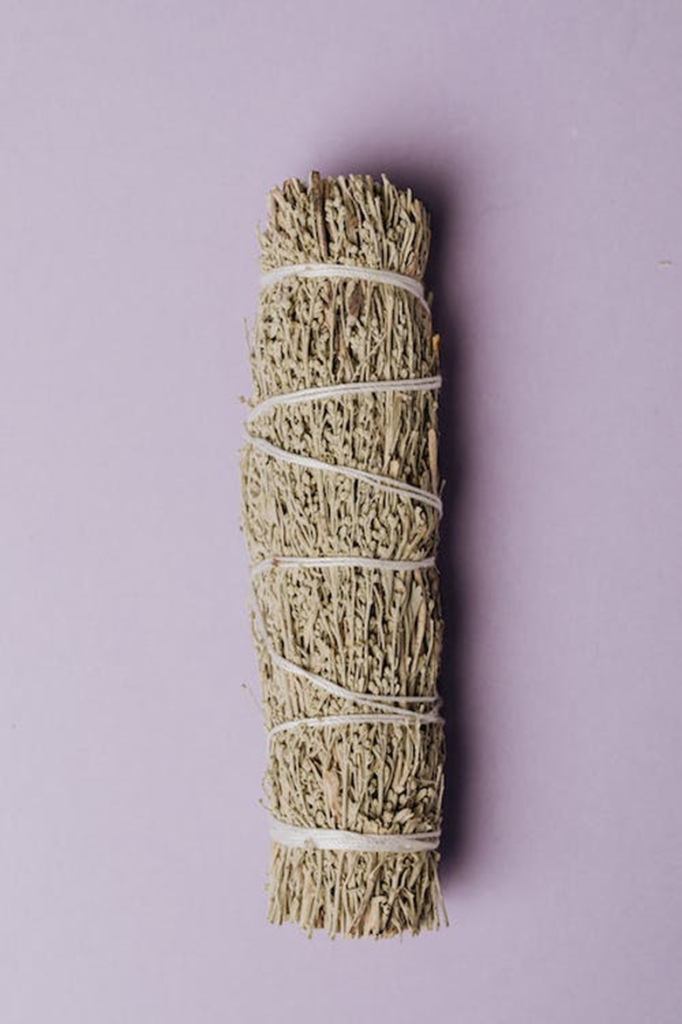
Sage is a pungent herb with a slightly bitter flavour. It’s often used in savoury dishes and is a common ingredient in stuffing and roasted meats. Sage is a perennial plant that can be grown from seed or cuttings.
Oregano
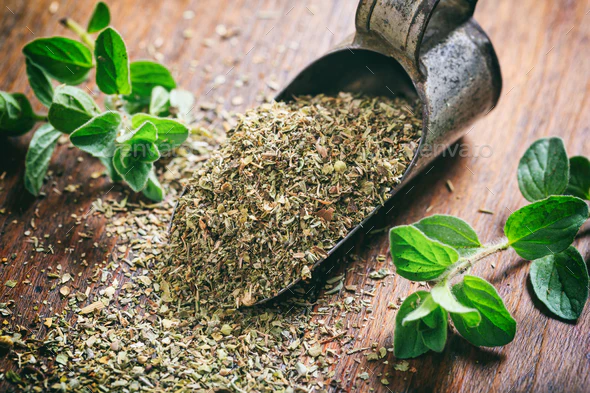
Aromatic oregano has a powerful, slightly bitter flavour. It frequently appears in Italian and Greek cooking and goes well with cheese, tomatoes, and olives. Oregano is a perennial in most regions and is simple to grow from seed or cuttings.
Tips For Growing Herbs Successfully
Now that you know the fundamentals of how to cultivate herbs and some of the most common varieties, here are a few suggestions to help you succeed.
- Keep herbs well-watered but not too wet. Herbs prefer consistent moisture but don’t like sitting in waterlogged soil.
- Harvest herbs regularly to encourage bushier growth. Snip off the tips of the stems to promote new growth and prevent the plant from becoming too leggy.
- Provide plenty of light. Most herbs need at least six hours of direct sunlight daily to thrive.
- Use well-draining soil. Herbs prefer soil that drains well and is rich in organic matter.
- Fertilize regularly. Use a balanced fertilizer every four to six weeks to promote healthy growth.
- Give herbs plenty of space. Most herbs need room to spread out, so plant them at least a few inches apart.
Conclusion
All in all, When to plant herbs in the UK is an important consideration for herb gardening enthusiasts. Herb gardening is a pleasurable hobby that may add flavour and nutrients to your meals. You can enjoy a plentiful harvest of fresh herbs throughout the growing season if you choose the correct site, soil, and care.
In addition, growing herbs is an excellent way to connect with nature and bring a touch of green into your home or garden, whether you’re a seasoned gardener or just getting started.
So, try growing some of the common types of herbs we’ve described in this blog and enjoy the fresh, delightful flavours they add to your meal!

